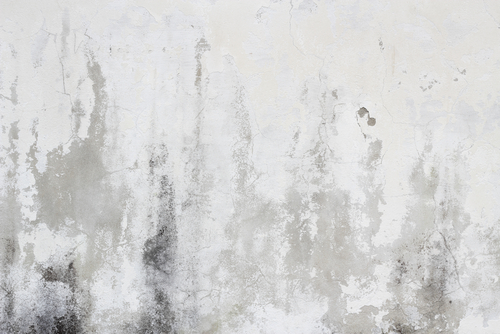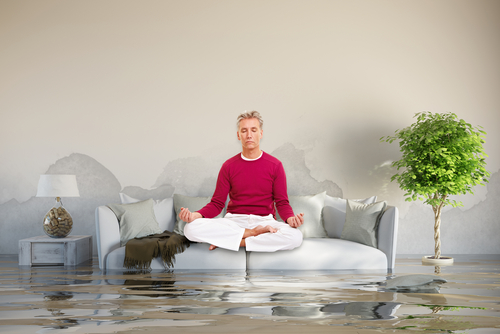Water damage in Huntington Beach, CA happens when there is water pooling in areas it shouldn’t. Homeowners could be facing water damaged walls, ceiling, basements and other parts of the household. If you notice signs of water damage in your home, the best thing to do is avoid DIY solutions and let certified professionals deal with water damage.
What causes water damage to walls?
Nobody wants to see wet wells in their house. Granted, it’s not as serious as a water damaged concrete foundation, but it’s still an issue to be treated promptly. Here’s what could be causing this.
Condensation

This is a normal occurrence happening when hot air collides with cold air. Although it’s mostly common in bathrooms and kitchens, you can still find it on the walls of your other rooms. It can be a big problem during winters, but luckily, there are solutions.
- Exhaust systems – They can be very useful in kitchens and bathrooms.
- Dehumidifiers – Great for dealing with any wet wall, as they suck moisture from areas with no exhaust systems.
- Better ventilation – A small timely investment can save you money in the long run.
Leakage
Leaks are most often caused by bad plumbing or issues with water appliances. Cracks can appear in many spots along the roofs and ceilings and consequently lead to water leaking onto walls. Here’s what should be done.
- Find the source of leakage – Identify the source of excess water before trying to repair the leak.
- Fix the problem – There are possible problems here, so seeking professional help is advised.
Bad drainage
Dampness can come from several sources, it can rise from the ground upward or penetrate porous walls. Its most common cause is bad ground and surface drainage, which is solved the following way.
- Improve surface drainage – Check all the drains and downspouts and redirect them if necessary.
- Deal with the damage – Repair any damage if you have to in order to prevent further problems.
- Ventilate – Proper ventilation and airflow are crucial for drying and eliminating moisture.
How do you tell if there is water in your walls?
Damage in walls can go unnoticed for a long time, but this doesn’t have to be the case if you look for the following tell-tale signs.
Leaking water is absorbed into the walls after a while, causing stains. They might not be obvious until they grow, but if you look closely in time you might prevent larger damage.
Mold and mildew usually appear in moist areas and if you notice them on your walls, it could mean there is a leak behind them.
Even when there is no visible mold or mildew, you can still smell a characteristic musty odor. This means you should check behind the walls for potential leaks.
When moisture gathers behind the walls and soaks the sheetrock, paint or wallpaper can start to peel or bubble. Check the seams of the wallpapers and places with flaking paint.
Call EHS to remedy water damage in Huntington Beach, CA

Water damage brings unnecessary additional expenses to any household, but the good news is many cases can be prevented or minimized. Knowing what signs to look for before going out to the International Surfing Museum can help with this. If you want to be safe, call EHS for professional support in all water damage related issues.
We are the experts in doing all types of inspection, maintenance and water damage restoration. We can help you before and after water damage. All you need to do is make the first step and contact us!
